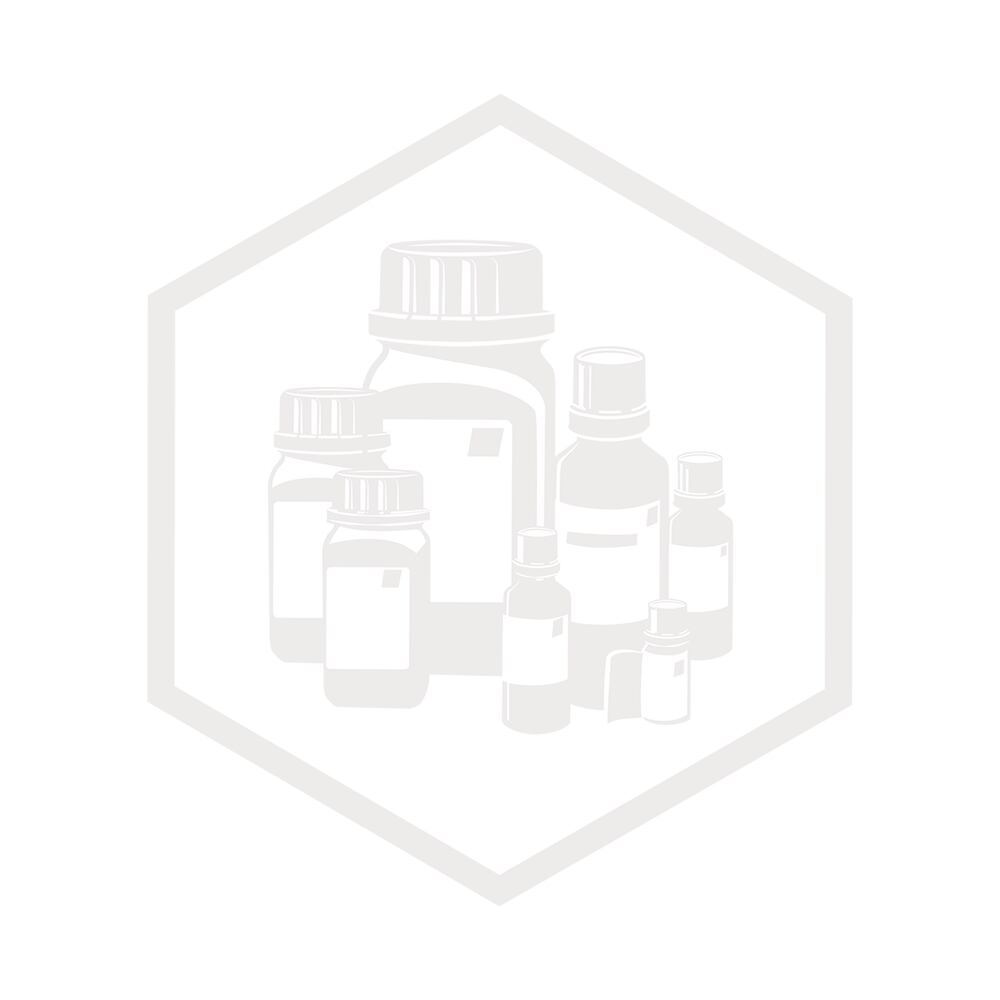Technical Data Sheet
Sodium hydrogen sulphate, 5 kg
Density (D) 2,43 g/cm³
Melting point (mp) 179 °C
WGK 1
CAS No. 7681-38-1
EG-Nr. 231-665-7
€55.80/Pack Qty.
excl. VAT. | 5 kg per Pack Qty.
Art. No. 2373.2
- Subtotal: 0.00
| Art. No. | Pack Qty. | Pack. | Price | Quantity | |
|---|---|---|---|---|---|
| 2373.1 | 1 kg | plastic |
€21.40 |
|
|
| 2373.2 | 5 kg | plastic |
€55.80 |
|
|
|
In stock
Available
In procurement
No longer available
Delivery date currently unknown
|
|||||
- Subtotal: 0.00
Downloads / MSDS
General information
Acids are commonly used in synthesis protocols for processing reactions. In addition, acids (usually Lewis acids) can also serve as catalysts for various reactions. The removal of the Boc protecting group shown here is formally catalysed by the acids used (in this case, trifluoroacetic acid). In addition to conventional inorganic acids, Carl ROTH can supply other acids and Lewis acids commonly used in organic synthesis.
Certificates of Analysis
Type analysis
| Appearance | white to light yellow pearls |
| Assay (titr.) | ≥93 % |
| Water | ≤0.2 % |
| Iron (Fe) | ≤0.015 % |

